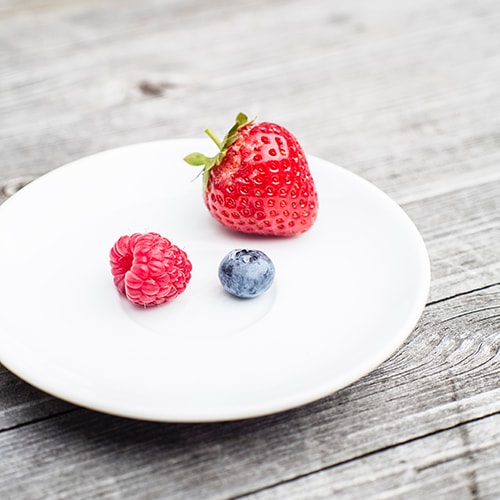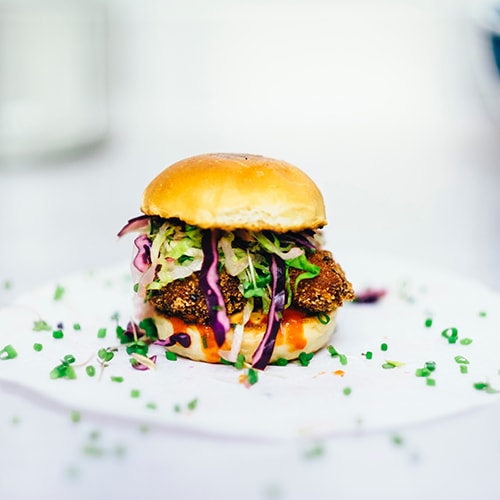

When it comes to weight loss, consistency is key—and meal planning is one of the most effective tools for staying on track. By preparing your meals in advance, you take control of your portions, reduce impulsive snacking, and make healthier food choices throughout the day. Planning also helps eliminate the stress of last-minute decisions, ensuring your meals are both satisfying and calorie-conscious. A well-structured daily plan can make healthy eating simple and sustainable.
Your first meal of the day should fuel your body and curb mid-morning cravings. A balanced breakfast for weight loss includes protein, fiber, and healthy fats. For example, a veggie omelet with two eggs, spinach, and bell peppers, paired with a slice of whole-grain toast or half an avocado, offers a filling and nutritious start. If you prefer something sweet, try Greek yogurt with chia seeds, fresh berries, and a sprinkle of nuts for crunch.
Lunch is your chance to refuel without overdoing it. A great weight-loss lunch includes lean protein, complex carbs, fiber, and healthy fats. A grilled chicken salad with mixed greens, quinoa, cherry tomatoes, cucumbers, olive oil, and lemon dressing is both light and filling. Alternatively, a turkey and hummus wrap with a side of raw veggies and hummus dip offers satisfaction and nutrition without excess calories.
Smart snacking can prevent overeating at meals and help regulate blood sugar. Choose snacks that combine protein and fiber to keep you fuller longer. Great options include a handful of almonds with a piece of fruit, cottage cheese with cucumber slices, or a boiled egg with baby carrots. Avoid sugary or processed snacks that can lead to crashes and cravings later in the day.
Dinner should be filling but not too heavy, especially if you're winding down for the night. Aim for a lean protein like grilled fish or tofu, a generous portion of non-starchy vegetables, and a small serving of whole grains like brown rice or quinoa. A salmon fillet with steamed broccoli and roasted sweet potatoes is a perfect example of a satisfying, nutrient-dense meal that supports weight loss without sacrificing flavor.
What you drink is just as important as what you eat. Water helps control hunger, supports metabolism, and reduces unnecessary calorie intake from sugary beverages. Aim for at least 8 glasses of water per day, and try to avoid eating too late at night, which can interfere with digestion and sleep quality. Planning your meals around a consistent eating schedule—such as three meals and one or two snacks—can also help regulate appetite and prevent overeating.
By following a simple, structured meal plan focused on whole foods, balanced nutrients, and proper portions, you set yourself up for sustainable weight loss. With a little preparation and mindful choices, healthy eating becomes a daily habit rather than a challenge.






